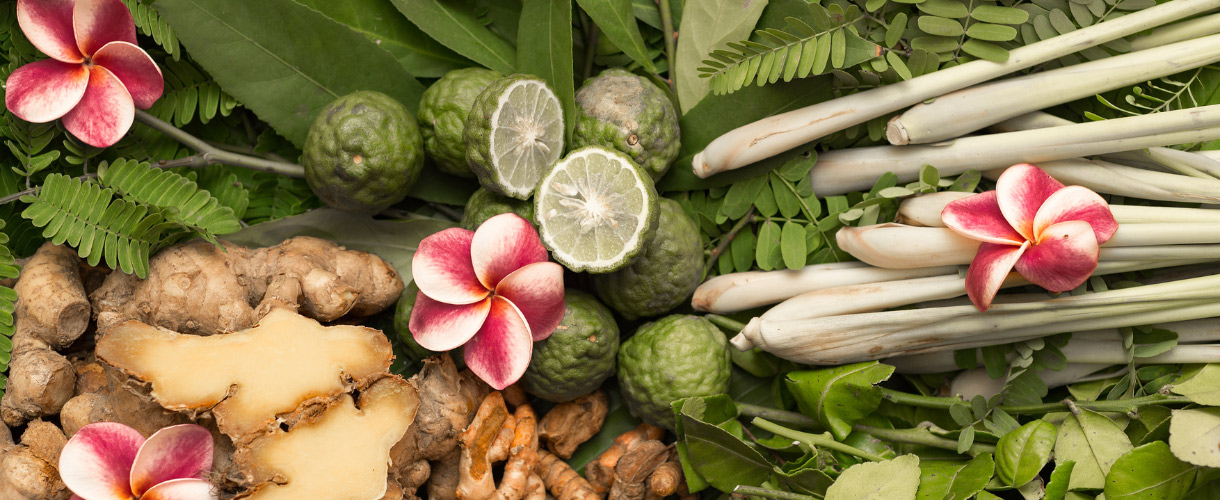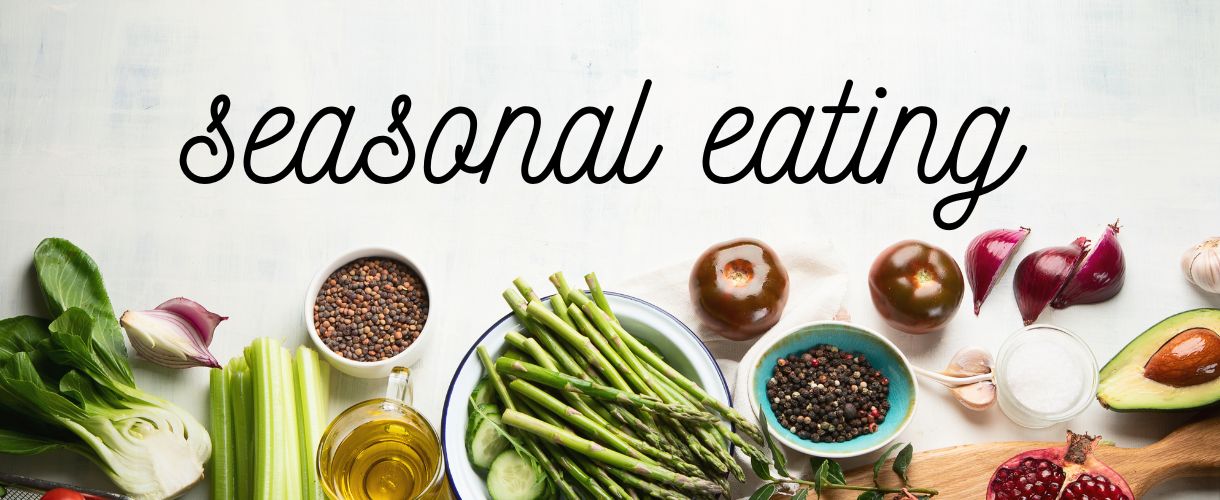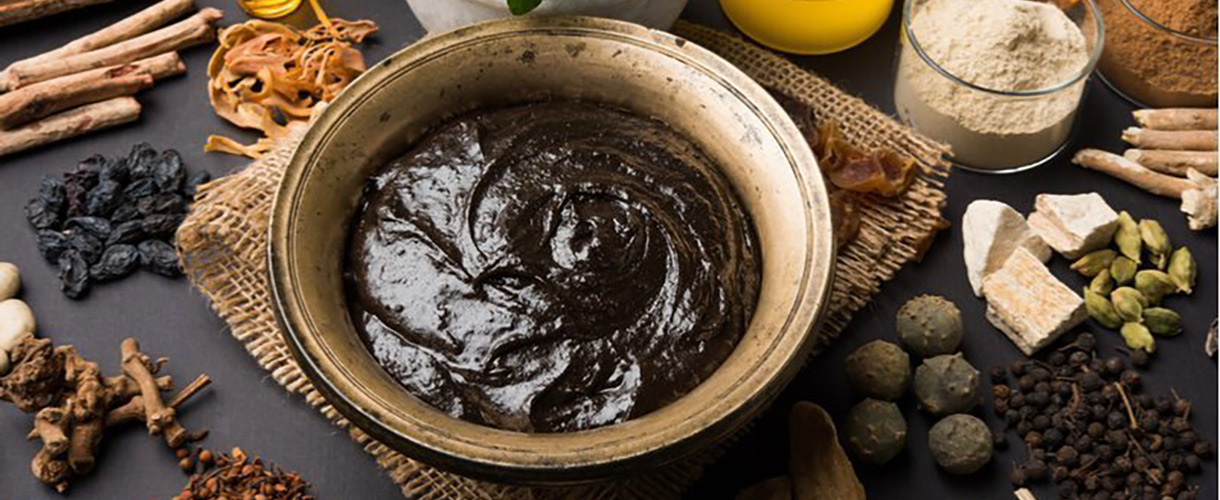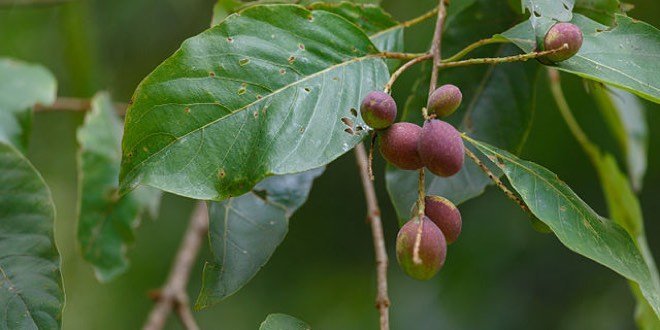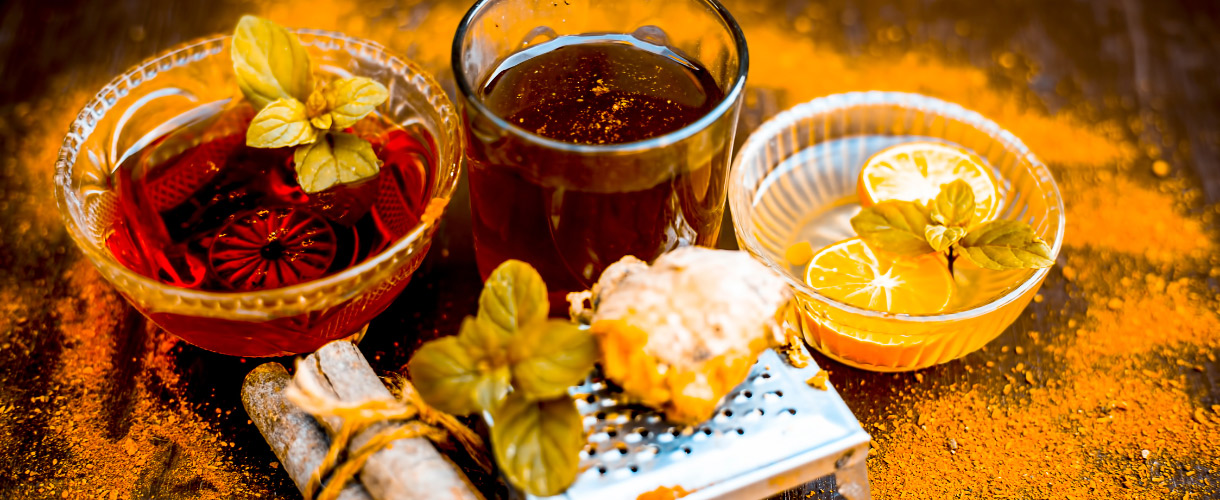
What is Ayurveda
March 11, 2019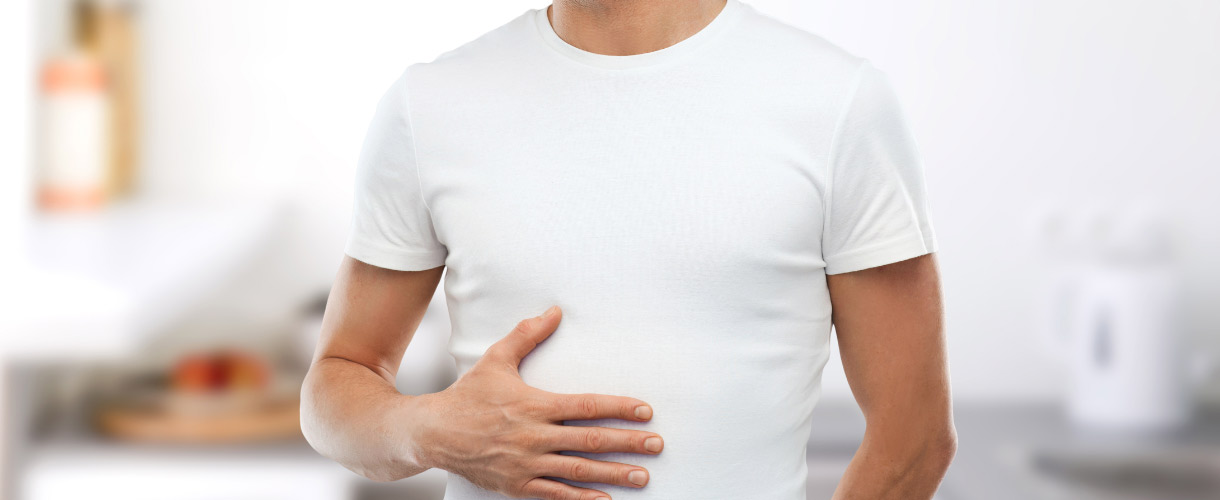
Trivrilleham
March 13, 2019Different sciences analyse the material world from various perspectives and angles, and present a collection of successful data in a methodological manner. In Indian science, a philosophical approach is taken and can be seen very clearly. This philosophical background is common for the arts, sciences and technology.
Ayurveda approaches knowing any kind of substance through its properties. According to Ayurveda, everything in the material universe, including the human body, is a modified reflection of its external environment. The five great elements (pancha mahabhutas) contain a group of properties which are the basic building blocks of everything in the material universe. The rishis (ancient sages of India) presented a logical grouping of these properties and classified then as Vata, Pitta and Kapha, which are the biological equivalents of satwa, rajas and tamas.
A reflection of the sun, moon, wind and so on, in the external environment can be seen in the human body.
– The wind represents transportation and a regulating force
– The sun represents an energy source
– The moon represents a material source.
These three concepts are respectively represented by Vata (wind), Pitta (fire) and Kapha (earth/water) in a living body and this gross approach is primarily philosophical and physiological rather than anatomical in its perspective. In fact, these are three windows through which we can observe, analyse and find solutions to almost all of human nature and illnesses.
For the proper functioning of any mechanical or biological system three factors are necessary:
– a structural formation
– an energy converting system and
– a regulatory system.
In the human body, these factors are represented by Kapha (mucous), Pitta (bile) and Vata (wind), respectively and are called the tridoshas, the three humours. In their normal condition, they sustain the body, while in an abnormal condition, they destroy it.
Although the doshas pervade the entire body,
– kapha’s home is above cardiac region
– pitta’s home is between the cardiac and umbilical region, and
– vata is located below the umbilical region.
Vata, Pitta and Kapha ( wind, bile and mucous) become aggravated during the end, middle, and beginning of the day, respectively. The same cycle continues during the night and also during digestion.
A balanced state of these factors leads to perfect health, and an imbalanced state of any one of these leads to illness. A genuine physician knows the six prevailing factors of a disease, which are doshic
– accumulation
– aggravation
– overflowing
– lodgement in a particular place
– manifestation and
– classification or dissolution of these doshas.
Vata
Symptoms of aggravation of Vata, Wind:-
– A bad taste in the mouth, roughness of the skin and irregularity in the power of digestion, emaciation, hyperpigmentation of the skin, tremors, an abnormal pulse, abnormal pulsation in the body, an affinity for heat (in climate, food and so on), fainting, insomnia, inspired sense, acute pain in the bones, depletion of tissues, constipation, flatulence, hyperperistaltic movements, loss of concentration, fear, great and irregular speed in activities such as thinking, speech etc..
– Spreads acute pain to the lumbar and pelvic regions, liver, spleen, back of the chest, abdomen, testicles etc.
– Rigidity and contraction in the hands and legs as well as muscle cramps
– Vata becomes aggravated during the night and is reduced during the daytime.
– Pain can instantaneously be diminished or abated.
Diseases of Vata
Ayurveda outlines 80 diseases implicated by the aggravation of wind
- Splitting of nails
- Cracking feet
- Pain in the feet
- Foot drop, collapsed instep
- Numbness in the feet
- Club foot
- Stiff ankles
- Cramps in the calf muscles
- Sciatica
- Bow leggedness, janu varum,
- Knock knees, janu valgum
- Stiffness and fullness in the thighs
- Pain and weakness in the thighs
- Paraplegia
- Rectal prolapse
- Tenesmus (gudarti)
- Scrotal pain
- Stiffness in the penis
- Fullness in the groin
- Pelvic pain
- Hard stools
- Abdominal distension with constipation
- Lameness, kyphosis
- Dwarfism, Gigantism
- Pain and stiffness in the sacroiliac joint
- Stiffness in the back
- Chest pain
- Spasmodic abdominal pain
- Bradycardia
- Tachycardia/heart palpitations
- A rubbing chest pain
- Impairment of thoracic movement
- Pricking chest pain
- Atrophy of the arms
- Stiffness in the neck
- Torticollis
- Hoarseness of voice
- Jaw pain
- Lip pain
- Eye pain
- Toothache
- Loose teeth
- Dampness
- Lalling
- An astringent taste in the mouth
- Dryness in the mouth
- Ageusia
- Anosmia
- Earache
- Tinnitus
- Hard of hearing, hearing loss, hearing impairment
- Deafness
- Ptosis of the eyelids
- Entropion
- Amaurosis
- Pain in the eyes
- Ptosis of the eyeballs
- Ptosis of the eyebrows
- Pain in the temporal region
- Pain in the frontal region of the head
- Headaches
- Dandruff
- Facial paralysis
- Monoplegia
- Polyplegia
- Hemiplegia
- Clonic seizures
- Tonic seizures
- Fainting, giddiness
- Tremours
- Yawning
- Hiccups
- Asthenia
- Delirium, excessive talking
- Dryness, Hardness
- Dusky dark appearance
- Insomnia
- An unstable mind
Treatment for the diseases of Vata
- Fomentation and oleation.
- Mild elimination.
- Medicines and a diet with sweet, sour and salty tastes.
- Medicines and diet should be hot.
- Alcohol made from molasses.
- Regular intake of medicated enemas with unctuous and heating medicines.
- Leisurely and ordered living.
- Oil, ghee, etc., boiled with medicines that are digestant, stimulating and carminative.
- Application of hot ointment followed by a hot medicated bath
- A diet that includes hot soups and warm milk.
Pitta
Pitta dosha becomes aggravated by:-
– Anger, grief, fear, exertion, sexual intercourse
– Fasting, an intake of pungent, sour, salty, sharp, hot ingredients, such as chillis and spicy food, sesame or mustard oil, fried and oily food, and yoghurt, are harmful to Pitta’s digestion and cause indigestion, leading to acid formation,
– heat, during summer, at the end of the rainy season, during midday, and midnight, and during the time of the digestion of food.
Symptoms of aggravated Pitta
Yellow colouration of the skin, giddiness, weakness, defective functioning of the sense organs, destruction of ojas, a desire for cold things, burning sensations, a bitter taste in the mouth, excessive thirst, fainting, reduced sleep and anger.
Diseases of Pitta
Ayurveda outlines 40 diseases implicated by the aggravation of pitta dosha in the body, namely:
1.Burning sensation
2. Scorching
3. Burning
4. Boiling
5. Fuming
6. Acid regurgitation (gastroesophageal reflux)
7. Pyrosis (heartburn)
8. Internal burning sensation
9. Burning sensation in the shoulder
10.Excessive temperature
11. Profuse sweating
12. Foetid body smell; unpleasant body odour
13. Cracking body ache
14. Sloughing of blood
15. Sloughing of muscles
16. Burning sensation in the skin
17. Cracking of the skin
18. Itching of the skin
19. Urticaria
20. Red vesicle formation
21. Bleeding disorders
22. Red round patches
23. Greenish discolouration
24. Yellowish discolouration
25. Blue spot
26. Herpes
27. Jaundice
28. Bitter taste in the mouth
29. Metallic odour from the mouth
30. Bad odour from the mouth
31. Excessive thirst
32. Dissatisfaction
33. Stomatitis
34. Pharyngitis
35. Conjunctivitis
36. Proctitis
37. Inflammation of the penis
38. Hemorrhage
39. Fainting
40. Greenish or yellowish discolouration of the eyes, urine or stools.
In addition to these, there can be pitta giddiness, a feeling of intoxication, dryness in the mouth, delirium, diarrhea, anorexia, fever, desire for cooling things etc.
Treatment for the diseases of pitta dosha
1. An intake of clarified butter (ghee)
2. Purgation with the use of medication that is sweet and cooling
3. Medicines and a diet with sweet, bitter and pungent tastes
4. Bathing in a perfume-scented bath
5. External application of camphor and sandalwood paste
6. Wearing a pearl necklace
7. Practising patience
8. Exposure during the early hours of the night to the moon’s rays from the rooftop
9. Associating with friends who are spirited and informal
10. Speaking with people whose speech is pleasant and sweet
11. Associate with people who are laid back, burn camphor perfume and wear special ornaments
12. Living in a cold house (with underground rooms) through which a stream flows
13. Going for a walk in parks and on the banks of lakes
14. Sit by a lake, on the sand, which has well-formed banks and clean water.
Special regimens to alleviate Pitta
Sit on the bank of a lotus pond
Walk through a park with plentiful trees
Enjoy pleasing gestures from others
Include milk and clarified butter in the diet
Purgation.
Kapha
Kapha becomes aggravated through:-
– lack of exercise, lazy habits, sleep during the daytime and other wrong regimens.
– eating sweet, sour, salty, cold, unctuous, heavy food, such as wheat
– slimy food which obstructs the channels of circulation, for instance, yoghurt, fish, milk, alkaline food, puddings, sugarcane juice, pastries prepared from sesame seeds, tahini
– intake of excess food
– eating before previous food is digested
Symptoms of aggravated Kapha
Pallor, coldness, flabbiness, obesity, laziness, heaviness, loss of strength in the body, obstruction of channels, fainting, excess sleep, drowsiness, dyspnoea, coughing, excessive salivation, nausea, loss of digestive power, abnormal function of the joints.
Kapha becomes especially aggravated by coldness, during winter and spring, in the forenoon, in the evening, and soon after eating.
Diseases of Kapha
Ayurveda outlines 20 diseases implicated by the aggravation of kapha dosha, namely:-
- Anorexia
- Drowsiness
- Excessive sleep
- Timidness
- Heaviness in the body
- Lethargy
- Sweet taste in the mouth
- Salivation
- Mucous expectoration
- Excessive excretion of faeces,
- Weakness, indigestion
- A feeling like the heart is covered
- Phlegm adhered to the throat
- Hardening of the blood vessels
- Goitre
- Obesity
- Loss of appetite or digestive fire
- Urticaria
- Pallor
- Whiteness of urine, eyes and stools.
In addition to these, cardiac diseases, itching over the body, excessive horripilation, ineffectiveness of wisdom, vomiting, chronic rhinitis, bronchitis, sensation in lips, throat, tongue, gums, palate, nose, eyes, ears and earlobes.
Treatment for Kaphic Diseases
- Administration of emetic and inhalation of sharp, penetrating drugs
- Intake of light and ununctuous food
- Exercise, kneading, medicated smoke inhalation, medicated gargles
- Fat reducing medications
- Fomentation
- Intake of old wheat, honey
- Aged alcoholic drinks (medicinal doses)
- Avoid daytime sleep.
As wind is ununctuous (drying), cold and light, warm gingili (sesame) oil alleviates wind (vata).
Bile is hot, not sweet and sharp, so ghee (clarified butter ) alleviates bile (pitta).
Mucous is unctuous, sweet and sluggish. So honey, which is astringent and has a scraping action, alleviates it (kapha).


